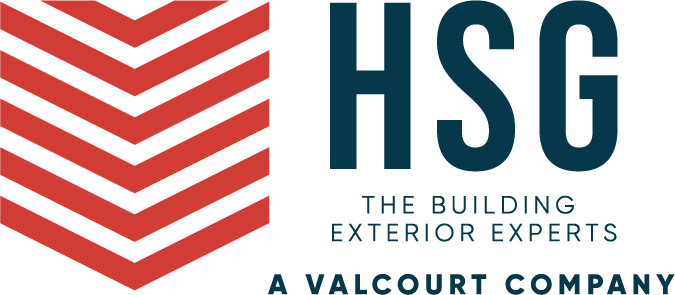
Commercial handrails are more integral to a commercial building than one might think. They provide support for people who have trouble walking and also prevent fall hazards. So they must be installed correctly according to OSHA Guidelines. Unfortunately, many mistakes in handrail installation and repair have occurred. Because of this, many injuries have happened, and subsequently, injury costs piled up. According to the National Safety Council, “The total cost of work injuries in 2019 was $171.0 billion. This figure includes wage and productivity losses of $53.9 billion, medical expenses of $35.5 billion, and administrative expenses of $59.7 billion. This total also includes employers’ uninsured costs of $13.3 billion, including the value of time lost by workers other than those with disabling injuries who are directly or indirectly involved in injuries, and the cost of time required to investigate injuries, write up injury reports, and so forth.” As a result, keeping building occupants safe means building managers need to know the most common commercial handrail mistakes and how to prevent them. Improper Installation We’ve talked about giving handrails the proper attention due to their importance in commercial buildings. However, some contractors choose to install the railings themselves, which can lead to them being installed incorrectly. To ensure it’s done right in the first place, hire an expert who specializes in handrails. Inaccurate Measurements Another commercial handrail mistake is installing them with inaccurate measurements. All railings must adhere to OSHA guidelines, but the size of railings will vary depending on intended use…






